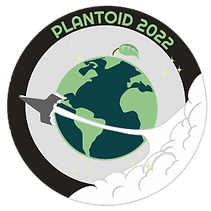

About us
SAAS Missions (Science and Agricultural Application in Space Missions) is student group working towards biological and agricultural experiments in space with the vision to contribute to feeding future space travellers and colonies. We are based at the Australian Centre of Astrobiology at the University of New South Wales. With a mixture of earth based experiments, rocket experiments and future flights to the International Space Station, our goals have no limit in feeding humans in the future.
SAAS was officially founded in early 2019 by Scarlett Li-Williams, current Team Lead and MPhil student at the University of New South Wales, a project she has been working towards since 2017. The project started from a first year student finding space exciting and growing crops in space an interesting idea to now having international and national partners and supporters from universities, institutes and companies trying to make it happen. With the mark of the recent rocket launch and the upcoming launch to the International Space Station, SAAS hopes to prove that not only is it possible to contribute to the space industry but that anybody can too, including young students.

Our Missions
Our current missions focus on the growth of legume crops in space conditions, outreach and education. We primarily work with a type of bacteria known as rhizobia, that are essential to healthy and successful plant growth of many crops (specifically legumes such as chickpeas and potatoes). This symbiotic relationship and balance between plant and bacteria is the focus of our research.

Our Team members past and present

Scarlett Li-Williams
Founder & Team Leader

Alex Ingall
Researcher

Julia Tron Wilks
Researcher

Yasmin Akhtar
Researcher

Pearl Lei
Researcher

Nora Deng
Researcher

James Lu
Researcher

Davey Dor
Researcher

Emma Sinn
Researcher
SAAS MISSIONS IS NO LONGER ACTIVE OR RECUITING








